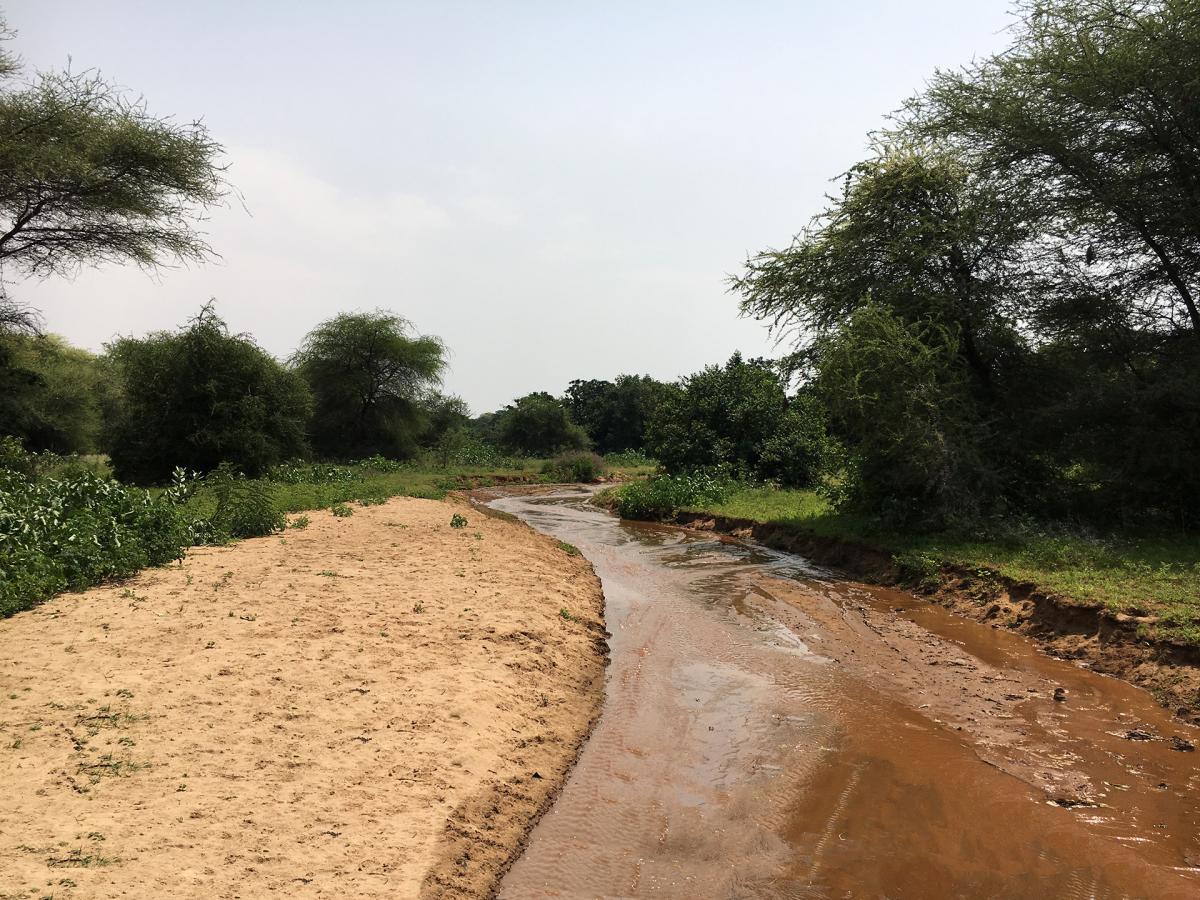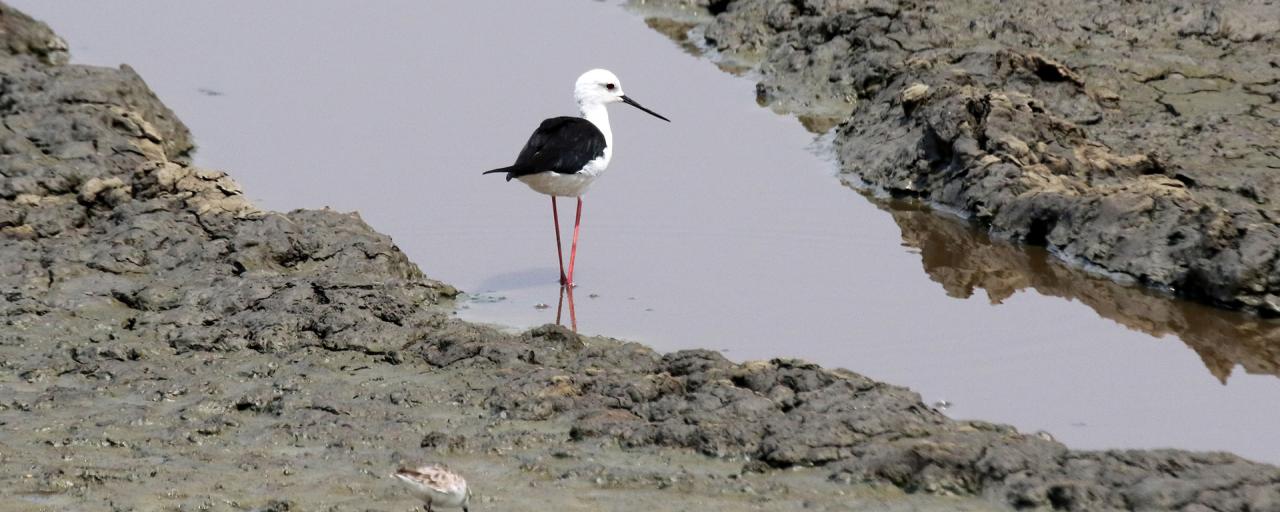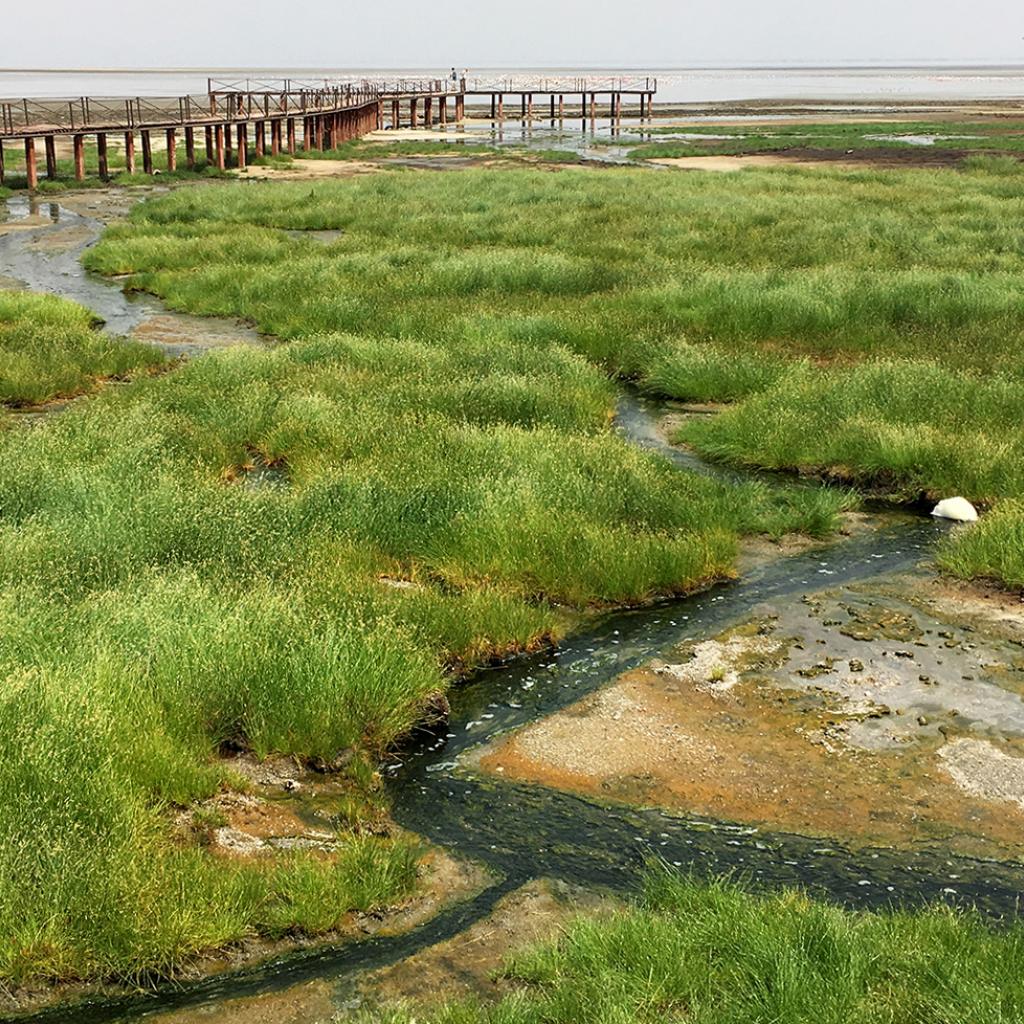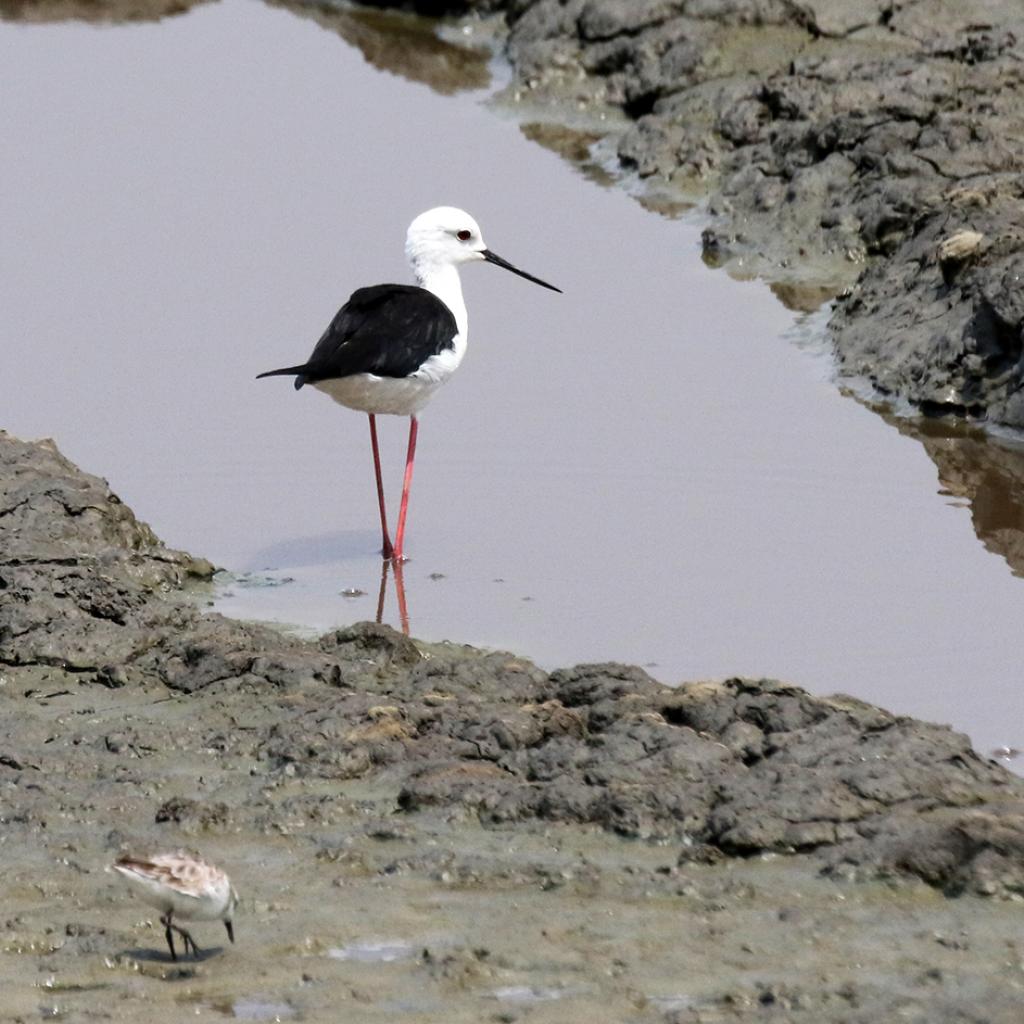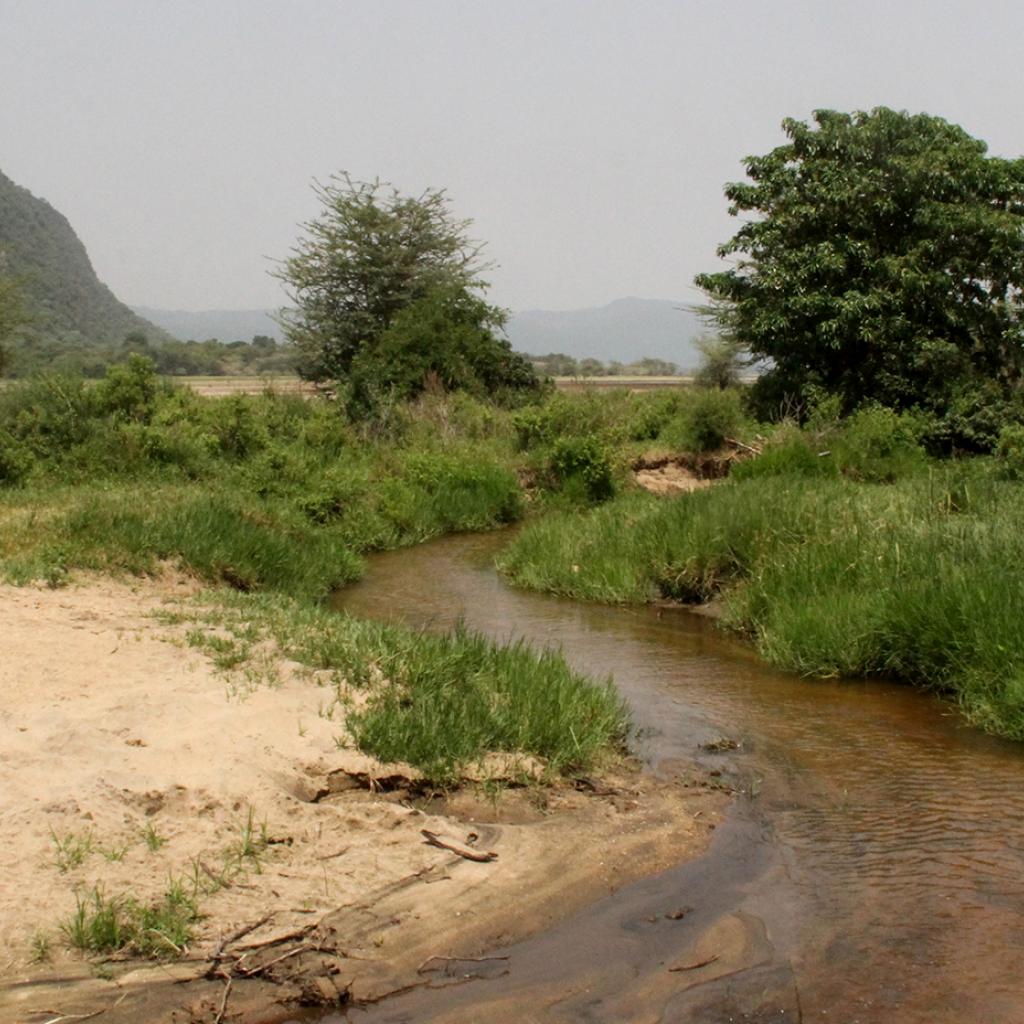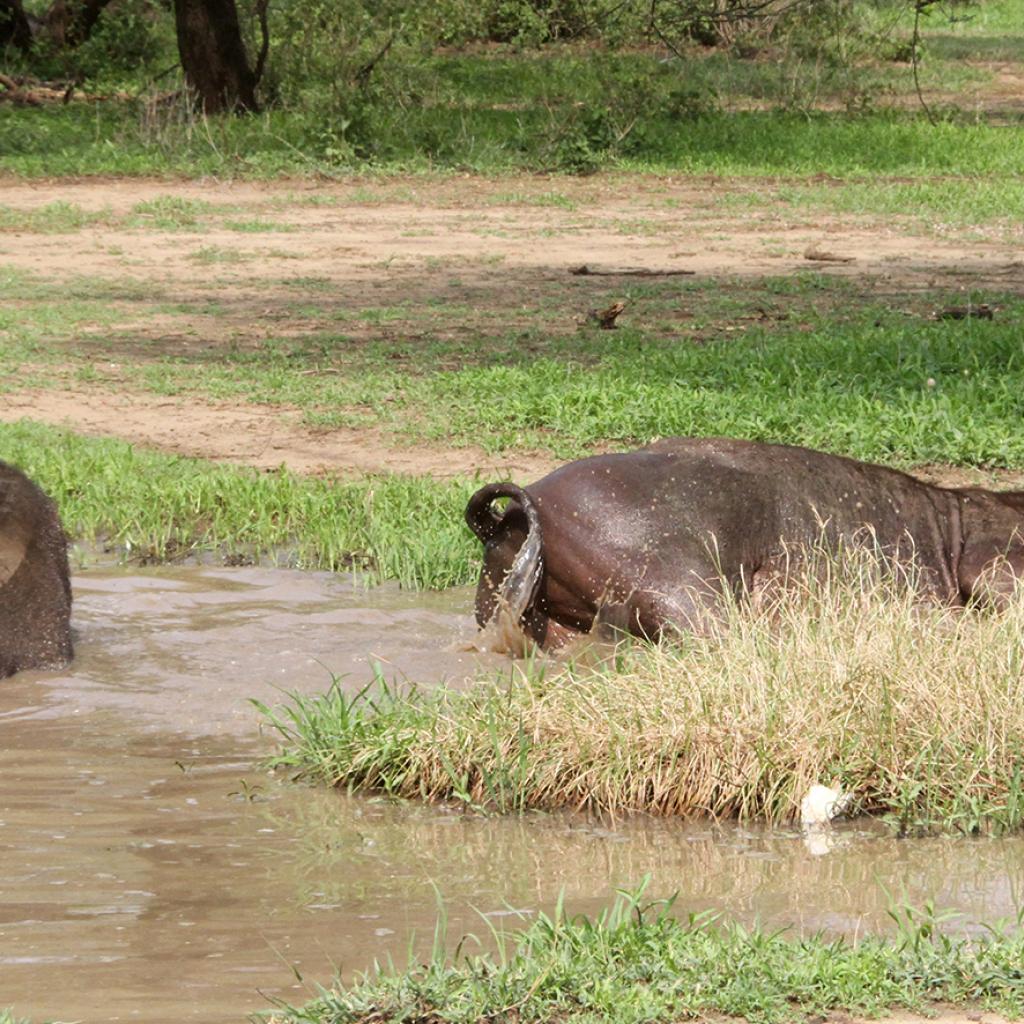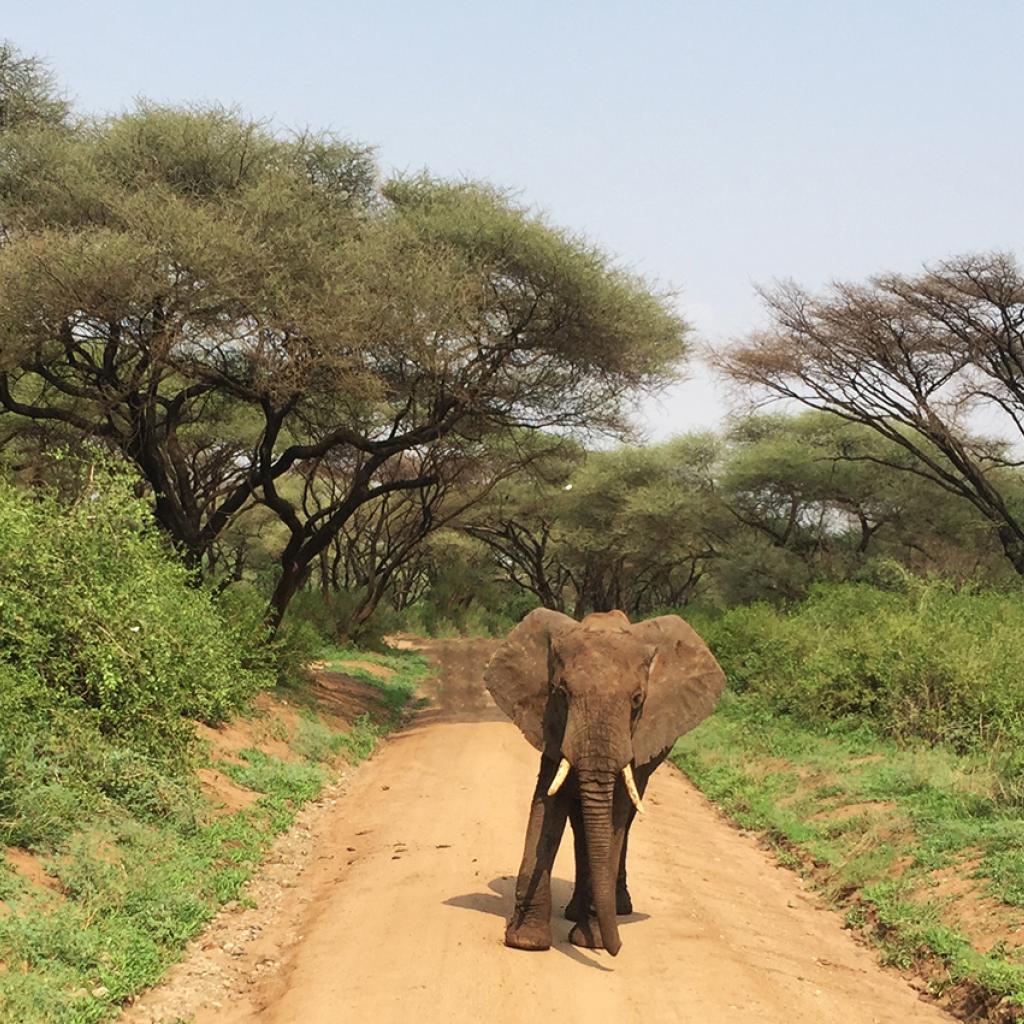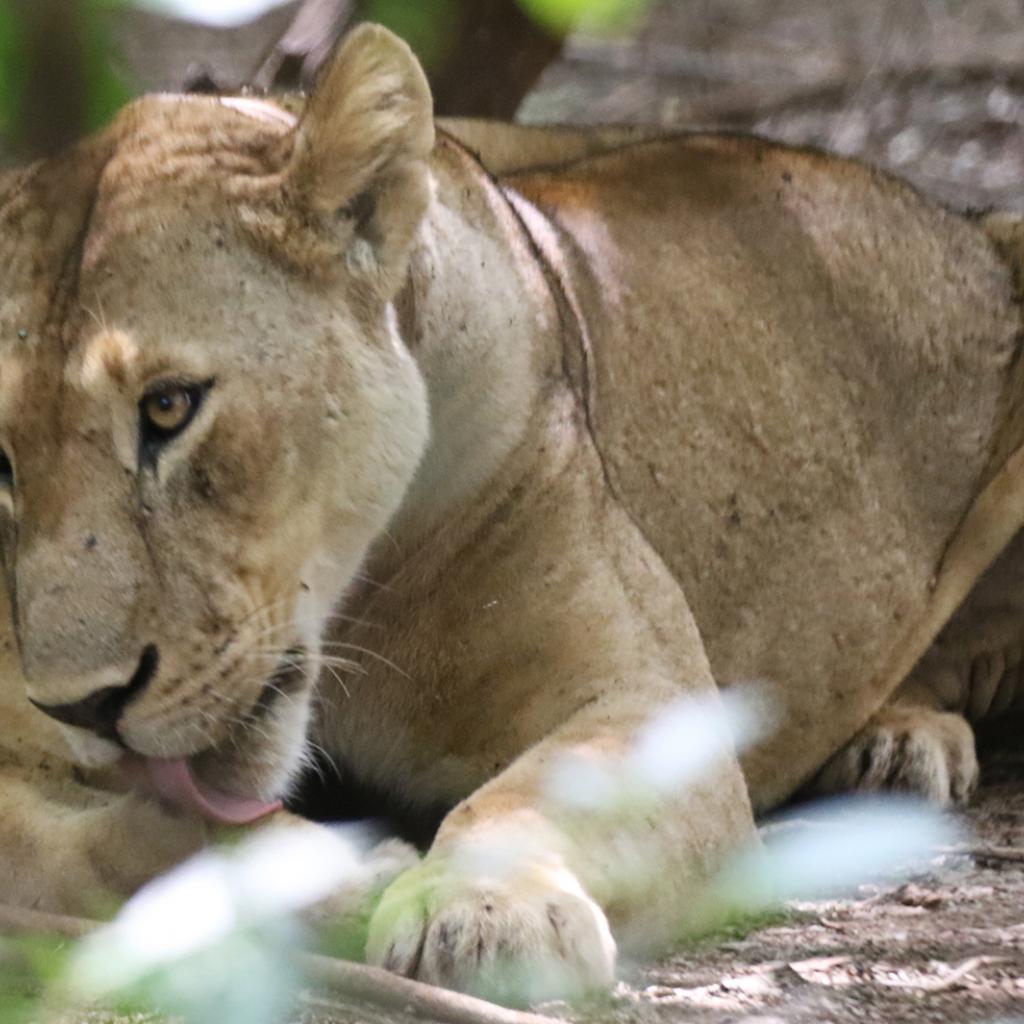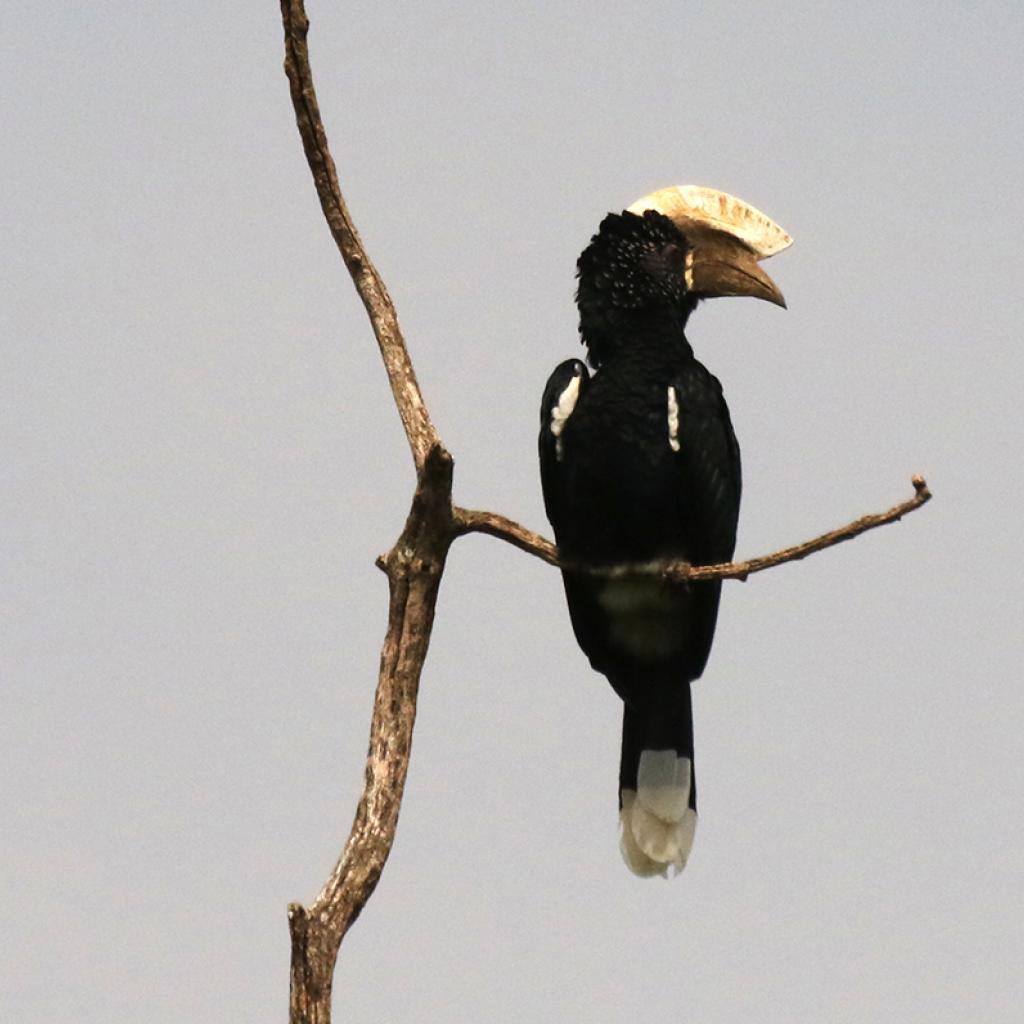The Lake Manyara National Park is located in Northern Tanzania, at the foot of the Western Rift Valley escarpment.
Like all the rest of Northern Tanzania, the Lake Manyara area is characterized by two seasons: the dry season and the green season; the green season, in turn, consists of the season of small rains, a short season in which it does not rain and, following, the season of heavy rains.
In November, usually the small rainy season begins and, with them, the green season.
According to the intensity of the rains, the pastures begin to turn back more or less quickly, the pools of water begin to fill up and the animals, consequently, spread out over the territory, making their location more difficult.
Between November and Decemberin the Lake Manyara National Park the rains are more abundant and frequent than in the nearby Tarangire National Park, so it is more difficult to locate the animals in the Lake Manyara than in the Tarangire, where they are still concentrated at the permanent water sources.
In this period when it is not raining, the sky is clear and the hours of sunshine are at their annual maximum; the average temperatures are 28 degrees the highest and 27 degrees the lowest.
In the months from January to March the rains cease, the sky is clear and sunny, even if in January and March it is possible that some downpour occurs; the hours of light are high as well as the temperatures: 30 degrees of average for the highest and 17 degrees for the lowest.
Thanks to the abundant rains of November and December in the park there are many animals, some, such as elephants, zebras and wildebeesst, have moved here from the nearby Tarangire National Park, going to add to the animals residing in the park; moreover in this period there are both the birds that migrate here from the Northern hemisphere and the flamingos that migrate here from the Natron Lake.
In the months of April and May it starts to rain again, this is the season of heavy rains and the downpours can be intense; when it is not raining the sky is clear, the average temperatures are 28 degrees during the day and 17 degrees at night.
In this period, in addition to the resident animals, there are also many specimens coming from the Tarangire National Park, many species of birds are still present, even if some paleartic species begin to return to their areas of origin, while there are a large number of waterfowl, such as flamingos and storks.
The vegetation is luxuriant, the plants, the shrubs and the grasses are flowered and there are many puppies of herbivores; it's a good time to visit the park.
The end of May usually marks the end of the rainy season, so in the months of June and July the animals begin to return near the permanent water sources.
In the Tarangire National Park, the dry season is anticipated, so the animals first return from the Lake Manyara, while the animals that have left the Lake Manyara National Park come back at full in late June; therefore in this period one can observe almost exclusively the resident animals: elephants, buffalos, hippos, bands of baboons and part of the predators including lions and leopards.
In July all the migrants return, so the park hosts a large number of giraffes, zebras, wildebeests, elephants as well as buffalo herds, hippos and baboons, even the number of lions increases.
The vegetation is still partly lush, the sky is usually overcast and temperatures are around 26 degrees during the day and 13 degrees at night; the hours of light are lower than the rest of the year.
In the months of August to Octoberwe are in full dry season, the animals are all concentrated near the permanent water sources, therefore, in addition to the animals living here all year round, the park hosts a high concentration of giraffes, zebras, wildebeests, elephants in addition to herds of buffaloes, hippos and groups of baboons; also the lions are numerous but they are more difficult to sight compared to other areas, like the Ngorongoro Crater and the Serengeti National Park, due to the density of the vegetation of the Lake Manyara National Park, especially in the forest area.
In August flamingos migrate from the Lake Manyara to the Lake Natron to nest and return at the end of October, while the other birds remain in the park; in the absence of flamingos in the waters of the Manyara Lake, many storks and other waterfowl gather together.
Until the end of August, the sky is usually covered, since September the days are sunnier; average temperatures are around 29 degrees in the day and 14 degrees at night.
